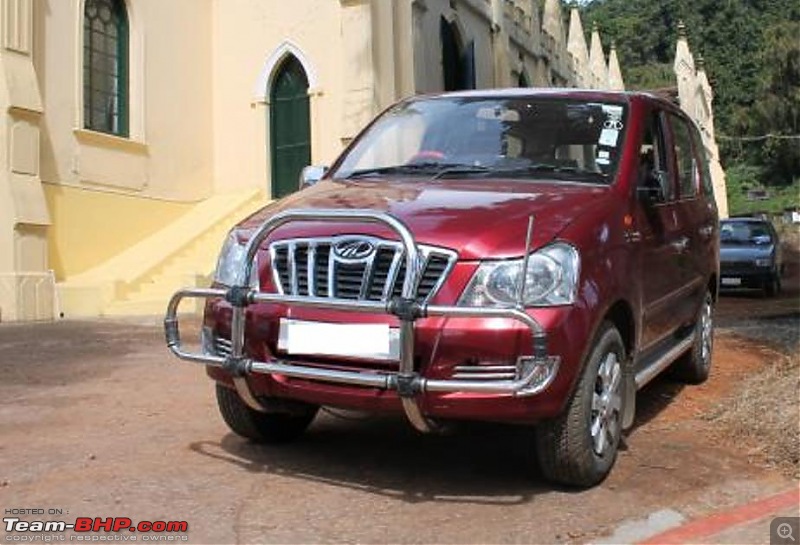| | #1 |
| Distinguished - BHPian  | |
| |  (44)
Thanks (44)
Thanks
|
| |
| | #2 |
| Distinguished - BHPian  | |
| |  (43)
Thanks (43)
Thanks
|
| | #3 |
| Team-BHP Support  | |
| |  (19)
Thanks (19)
Thanks
|
| | #4 |
| Distinguished - BHPian  | |
| |  (47)
Thanks (47)
Thanks
|
| | #5 |
| Distinguished - BHPian  | |
| |  (45)
Thanks (45)
Thanks
|
| | #6 |
| Distinguished - BHPian  | |
| |  (45)
Thanks (45)
Thanks
|
| | #7 |
| Distinguished - BHPian  | |
| |  (42)
Thanks (42)
Thanks
|
| | #8 |
| Distinguished - BHPian  | |
| |  (56)
Thanks (56)
Thanks
|
| | #9 |
| Team-BHP Support  | |
| |  (4)
Thanks (4)
Thanks
|
| | #10 |
| Senior - BHPian Join Date: Feb 2010 Location: Bardez, Goa
Posts: 1,181
Thanked: 1,033 Times
| |
| |  (9)
Thanks (9)
Thanks
|
| | #11 |
| BHPian Join Date: Jan 2015 Location: Pothole Town
Posts: 547
Thanked: 376 Times
| |
| |  (3)
Thanks (3)
Thanks
|
| |
| | #12 |
| Senior - BHPian Join Date: Jul 2007 Location: Gurgaon
Posts: 5,975
Thanked: 4,673 Times
| |
| |  (8)
Thanks (8)
Thanks
|
| | #13 |
| Distinguished - BHPian  | |
| |  (16)
Thanks (16)
Thanks
|
| | #14 |
| BHPian Join Date: May 2014 Location: in Transit
Posts: 196
Thanked: 775 Times
| |
| |  (20)
Thanks (20)
Thanks
|
| | #15 |
| Distinguished - BHPian  | |
| |  (12)
Thanks (12)
Thanks
|
 |
Most Viewed










 I hope my points are considered for your original post.
I hope my points are considered for your original post.